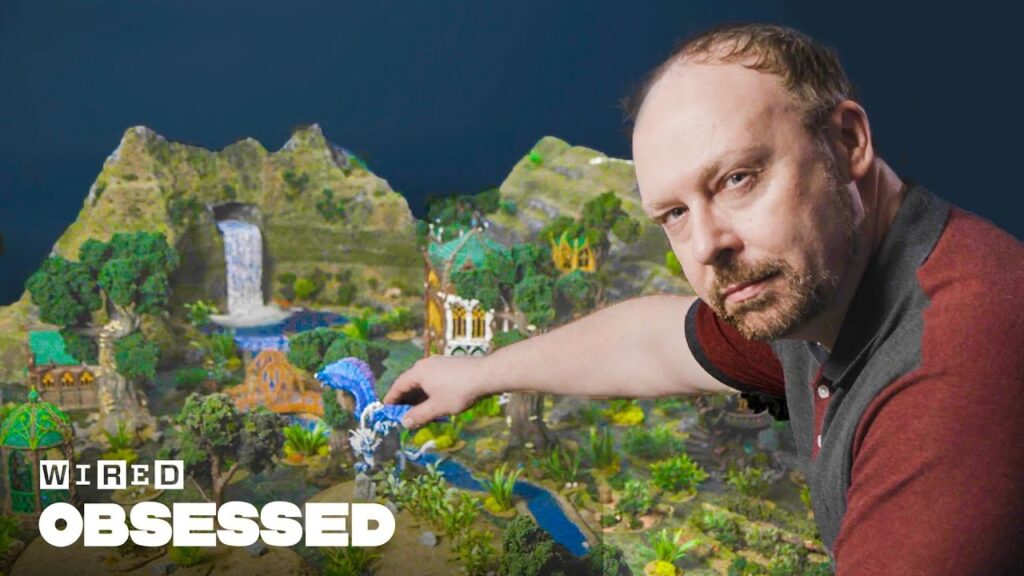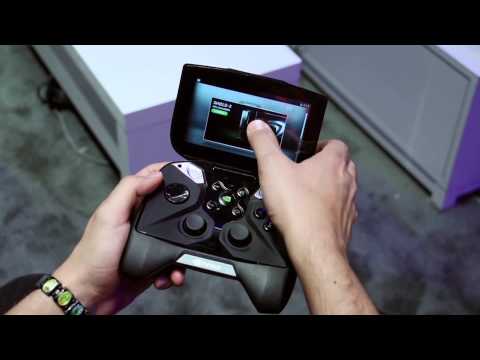Pushing for Realism: The Making of Elysium
Summary
In this article, we explore the making of the film Elysium and the push for realism in modern computer graphics effects. Director Neil Blomkamp’s obsession with getting as much in-camera as possible led to the use of models, miniatures, and real props, as well as the creation of digital CG droids. The team went to great lengths to achieve realism, including visiting a garbage dump in Mexico for the opening half of the film set on Earth and using Malibu and Hollywood Hills for reference photography to match the orbiting Elysium’s nirvana.
Table of Contents
- Realism in Film: The Push for In-Camera Effects
- The Making of Elysium: Obsession with Realism
- Achieving Realism: Garbage Dumps and Real Props
- Digital CG Droids: The Future of Realism
- Matching Elysium’s Nirvana: Reference Photography in Malibu
- Conclusion
Realism in Film: The Push for In-Camera Effects
As computer graphics effects become more prevalent in film, there has been a growing trend towards realism. Both audiences and directors are looking for more authentic and believable experiences. This has led to a push for in-camera effects, with filmmakers striving to do as much as possible on set and in front of the camera.
The Making of Elysium: Obsession with Realism
Director Neil Blomkamp was nearly obsessed with achieving realism in his film Elysium. He used models, miniatures, real props, and even went to a garbage dump in Mexico for the opening half of the film set on Earth. When real props couldn’t be used, Image Engine, the visual effects company behind the film, used doubles. They doubled the spaceship and the robot droids with guys in special grey tracking suits to allow for greater interaction and believable movement.
Achieving Realism: Garbage Dumps and Real Props
For the opening half of the film set on Earth, the team went to a location in Mexico to one of the world’s largest garbage dumps. Real props were used whenever possible, and when they couldn’t be used, doubles were employed. The use of real props and doubles allowed for greater interaction and believable movement on set.
Digital CG Droids: The Future of Realism
The use of digital CG droids is becoming more prevalent in modern filmmaking. In Elysium, the droids were controlled with over 686 individual controls. Greysuit performance on set allowed for Neil Blomkamp to direct and edit with a performance that was very close to the final result.
Matching Elysium’s Nirvana: Reference Photography in Malibu
To achieve the realism of the orbiting Elysium, the team needed to find a reference point on Earth. Malibu and Hollywood Hills were used for reference photography, with Neil Blomkamp directing the shots. The team then removed all of the earthly structures and added in landing platforms for shuttles to match Elysium’s nirvana.
Conclusion
The making of Elysium was a testament to the push for realism in modern filmmaking. Director Neil Blomkamp’s obsession with achieving authenticity led to the use of models, miniatures, real props, and digital CG droids. The team went to great lengths to achieve realism, including visiting a garbage dump in Mexico and using Malibu and Hollywood Hills for reference photography. The result was a visually stunning film that pushed the boundaries of modern computer graphics effects.







